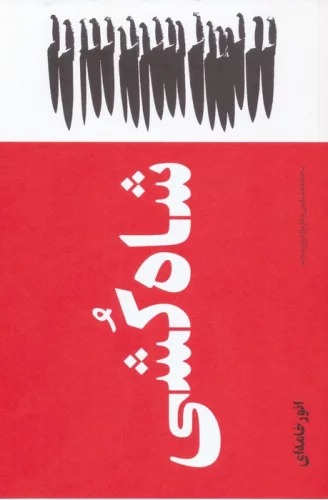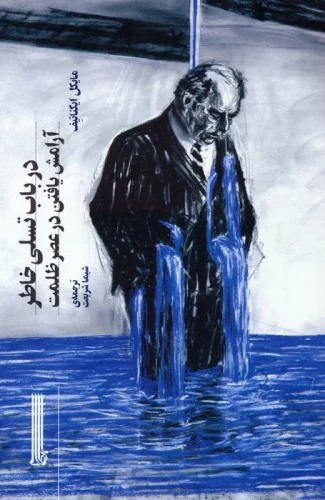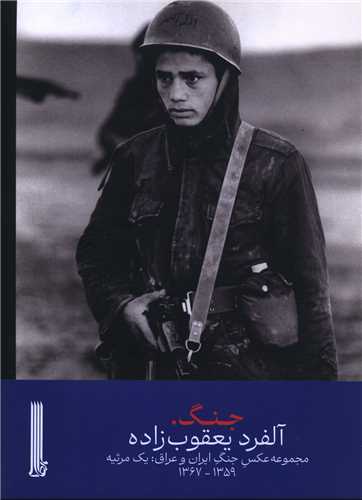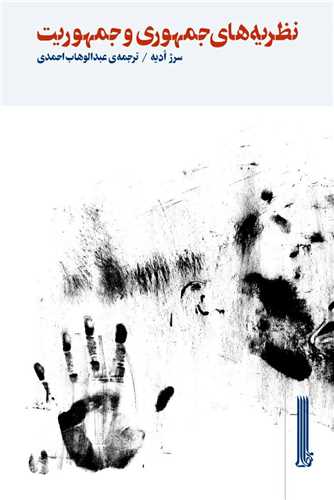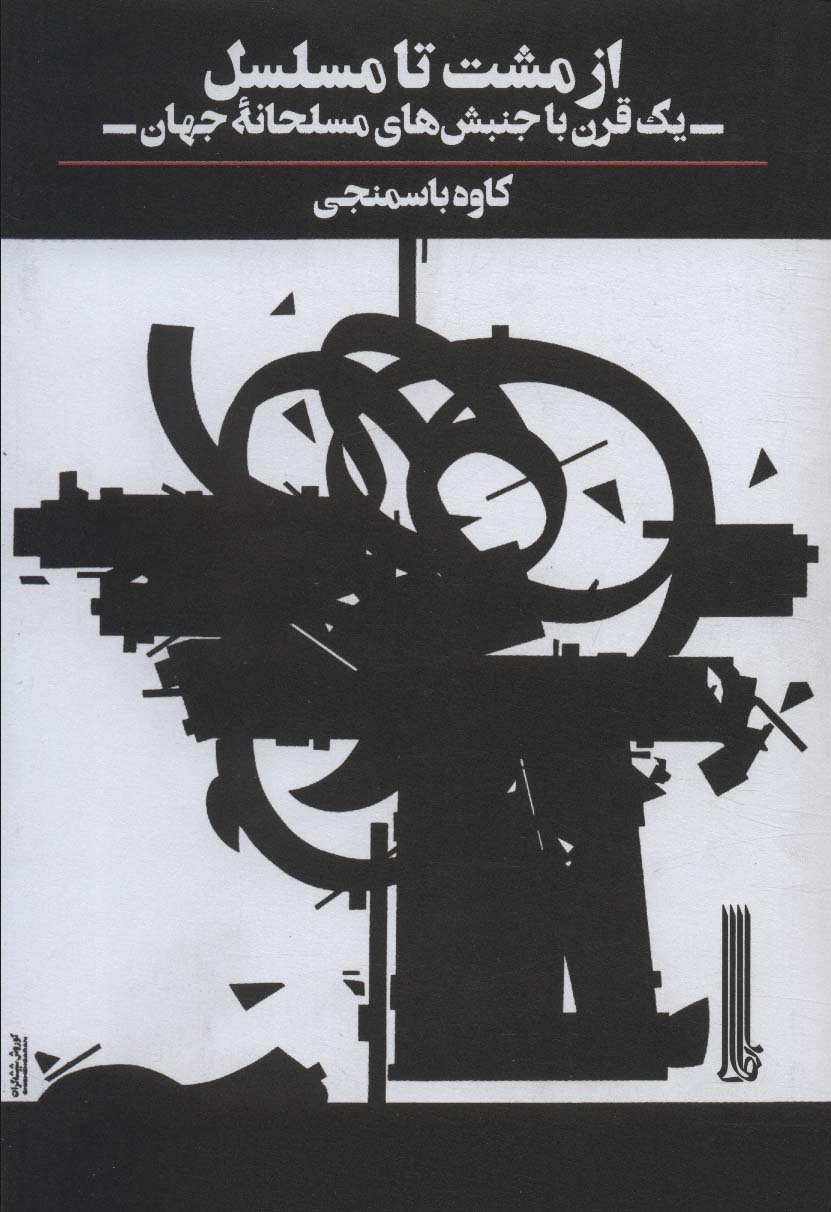Shāh'kushī: Persiska (Farsi) 1403
شاه کشی
12,61 £
Dela
Wishlist
This book, prepared in ten chapters, is a historical look at the formation of terrorism and its consequences. In the beginning, the author defines terrorism as follows: "an illegal and conspiratorial act to kill one or more people with political intent or for the sake of He then traces the history of terrorism from ancient times, Rome, Greece, and the Middle Ages. Then he also mentions the phenomenon of terrorism in national myths. After that, he enters a new era with the Ismaili movement. This section, Talks about the assassination of personalities like "Naseruddin Shah", "Eshgi", "Madras", "Kasravi", "Mohammed Massoud", "Ahmed Dehghan" and "Razm Ara". Mutalfa", "Mojahedin Organization", and "People's Fidayeen", explain the terrorist activities of the mentioned organizations. From the author's point of view, terrorism has many causes and factors, the most important of which are: "Urbanization", "Imbalance, and cohesion in the society", " Autocracy" and "religious and ideological differences and conflicts."
more
این کتاب که در ده فصل فراهم آمده، نگاهی است تاریخی به چگونگی شکل گیری تروریسم و تبعات آن .نویسنده در آغاز تروریسم را چنین تعریف میکند : "اقدام غیر مشروع و توطئه آمیز برای کشتن یک یا چند انسان با نیت سیاسی یا به خاطر نیل به هدفهای سیاسی معین "وی سپس تاریخچه تروریسم را از عصر باستان، روم، یونان و قرون وسطی پی میگیرد .آن گاه به پدیده تروریسم در اسطورههای ملی نیز اشارهای میکند .پس از آن بانگاهی به جنبش اسماعیلیه وارد عصر جدید میشود .در همین بخش از ترور شخصیتهایی مانند "ناصرالدین شاه"، "عشقی"، "مدرس"، "کسروی "، "محمد مسعود"، "احمد دهقان "و "رزم آرا "گفت و گو میکند .نویسنده در فصلی مستقل درباره چگونگی شکل گیری "هیات موتلفه"، "سازمان مجاهدین"، "فداییان خلق"، فعالیتهای تروریستی سازمانهای مذکور را توضیح میدهد .از منظر نویسنده، تروریسم علل وعوامل بسیاری دارد که اهم آن عبارت اند از" :شهرنشینی"، "عدم تعادل وانسجام در جامعه"، "خودکامگی "و "اختلافات و تضادهای مذهبی و ایدئولوژیکی ."
more

